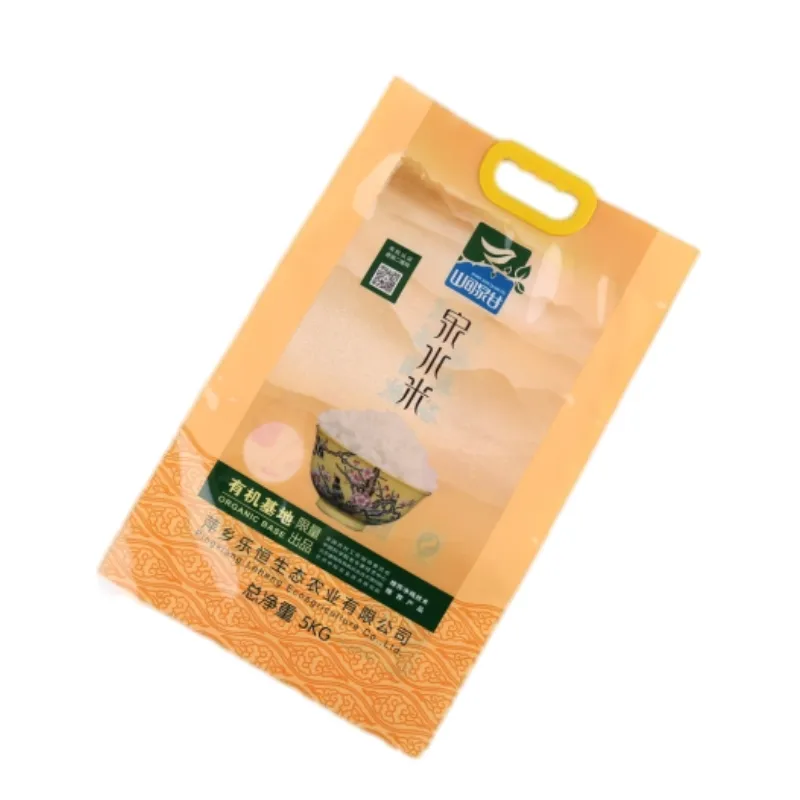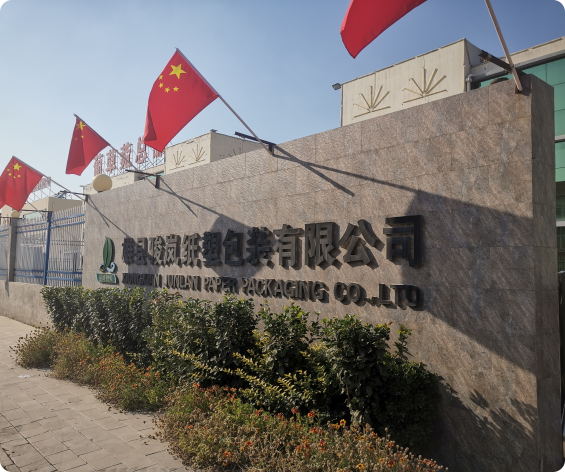In the competitive world of product branding, the significance of an innovative flour bag design cannot be overstated. As consumer choices continue to expand, businesses must leverage every opportunity to stand out, making the design of a flour bag more than just a placeholder for a brand logo. Here's an exploration of why an ingenious flour bag design is crucial, drawing from real-world experiences, expertise, authority, and the trustworthy aspects of design in flour packaging.

The market landscape for flour brands is both vast and varied, often making distinct identity a challenging goal. Successful flour bag designs begin with a comprehensive understanding of consumer behavior and preferences. One effective strategy is to incorporate design elements that reflect the heritage and authenticity of the brand. For instance, a brand with a rich history in organic farming might opt for earth tones and eco-friendly packaging materials, immediately signaling their eco-conscious values to the consumer.
Expert designers delve deeply into color psychology to influence purchasing decisions. Flour bags that employ warm colors like yellow and orange can evoke a sense of homeliness and comfort, essential qualities for products intended for creating food. This approach has roots in professional design studies where colors are proven to impact emotional responses. Companies that understand and utilize these insights can create packaging that speaks on an emotional level, thus enhancing consumer connection.

Another vital element in flour bag design is functionality. It's not merely about aesthetics; practicality plays a crucial role. Real-world applications have shown that resealable packaging or bags with measuring guides embossed on the side assist in building customer loyalty. Such designs are a testament to a brand's focus on user experience, which in turn elevates their credibility and authority within the market. It's this keen attention to consumer needs that distinguishes leaders in the flour industry.
Trustworthiness in product design often stems from transparency. For instance, windows or clear sections on the bag allow consumers to view the product, assuring them of the quality and consistency of the flour. Such design ideas stem from feedback loops with customers, where transparency is repeatedly highlighted as a desired trait. Brands willing to incorporate these attributes show that they prioritize customer trust and satisfaction.
flour bag design
Furthermore,
text and imagery play pivotal roles in the design schema. The best flour bag designs ensure that all information is clearly legible and accessible. An expertly laid out bag will feature nutritional information, sourcing details, and certifications prominently. Not only does this conform to food packaging regulations, but it also demonstrates a company's authority in maintaining quality standards and promotes trust among consumers.
Achieving a high level of expertise in flour bag design often requires collaboration with professional packaging designers and industry experts. These professionals bring a wealth of experience, ensuring that designs are not only visually appealing but also conform to global packaging standards. Leadership in packaging not only reflects in the aesthetics but also in ecological considerations. Biodegradable or recyclable packaging is not just a trend but a responsibility. Brands that lead with sustainability set a benchmark, gaining respect and loyalty from conscientious consumers.
Stories from seasoned brands reveal that iteration and consumer feedback are pivotal. A design might initially be well-received, but without continuous adaptation to market trends and consumer needs, it can quickly become obsolete. Factor in seasons, cultural trends, and innovations in material science, and brands can keep their products relevant and dynamically engaging. Expertise, in this context, also involves hiring designers who are abreast of these trends and technologies.
In conclusion, an effective flour bag design encompasses a symphony of elements—from emotional resonance and functional utility to transparency and sustainability. Flour brands that excel are those that consistently leverage design as a multifaceted tool for market differentiation. They not only craft aesthetically pleasing and functionally superior bags but also ensure their designs uphold the brand's authority, trustworthiness, and commitment to quality. Such designs do not just sit on shelves but leap into consumers' baskets, carving an indelible niche in an increasingly competitive market.